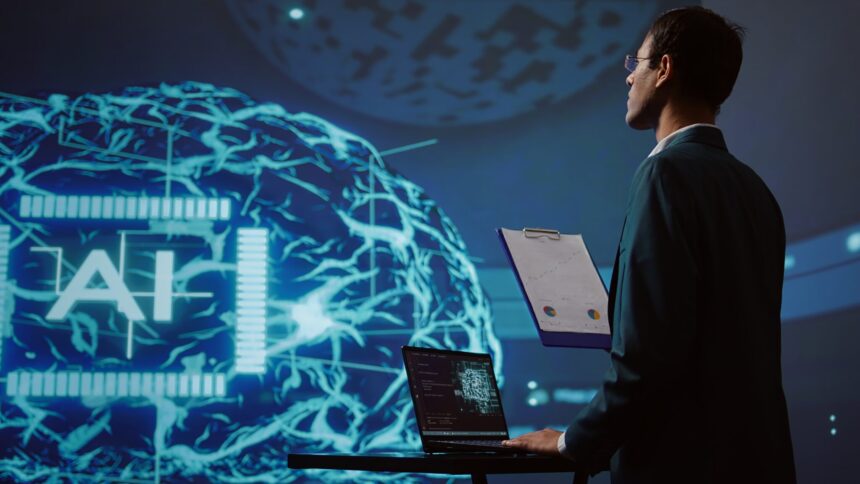Artificial Intelligence (AI) is rapidly transforming industries across the globe, and law enforcement is no exception. From predictive policing to courtroom analytics, AI is becoming an integral part of modern policing and the legal system. But with its growing influence comes a host of ethical, legal, and societal concerns. In this blog post, we’ll explore the current role of AI in policing and the legal system in 2025, its benefits, risks, and what the future might hold.
How AI Is Being Used in Policing Today

1. Predictive Policing
AI algorithms analyze historical crime data to predict potential future crime hotspots. Tools like PredPol and HunchLab help departments allocate resources more effectively by forecasting where crimes are likely to occur.
2. Facial Recognition Technology
AI-powered facial recognition is being used to identify suspects, track missing persons, and enhance surveillance. While effective, it remains controversial due to privacy and racial bias concerns.
3. Crime Pattern Analysis
Machine learning algorithms can detect patterns in criminal behavior faster than traditional methods, helping police solve cases more efficiently.
4. AI in Emergency Response
AI tools analyze 911 calls, social media activity, and surveillance data in real time to dispatch officers and emergency services more efficiently.
AI in the Legal System
1. Legal Research and Document Review
AI platforms like ROSS Intelligence (now shut down but others are rising) and CaseText assist lawyers in quickly scanning legal documents, identifying relevant case law, and preparing briefs.
2. Sentencing and Bail Decisions
Some courts are experimenting with AI tools to assist judges in making bail or sentencing decisions based on risk assessment scores. However, concerns about transparency and bias remain prevalent.
3. Virtual Courtrooms and eDiscovery
AI tools are streamlining the discovery process, while virtual courtrooms enhanced by AI help manage caseloads more efficiently post-COVID.
Ethical and Legal Challenges
-
Bias in AI Algorithms: AI systems can unintentionally perpetuate existing biases in data, leading to unfair outcomes in policing and sentencing.
-
Privacy Invasion: Facial recognition and surveillance raise significant concerns about civil liberties.
-
Lack of Transparency: Proprietary AI tools often function as “black boxes,” making it hard to understand or challenge decisions made by the system.
-
Legal Accountability: Who is responsible when an AI makes a mistake? This question still lacks clear legal answers in 2025.
Benefits of AI in Law Enforcement
-
Faster crime-solving with data analysis
-
Efficient resource allocation
-
Enhanced public safety and quicker emergency response
-
Streamlined legal processes, saving time and money
The Future of AI in Law and Policing
By 2030, we can expect AI to be deeply embedded in justice systems worldwide. However, there will likely be stricter regulations, mandatory transparency, and ethics boards to ensure fair use.
Technologies like Explainable AI (XAI) and Federated Learning are already being explored to enhance fairness and reduce data privacy risks.









